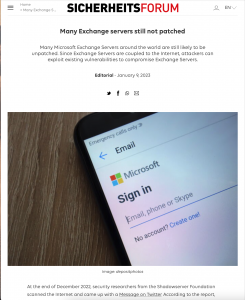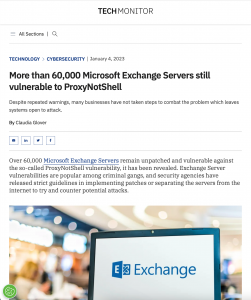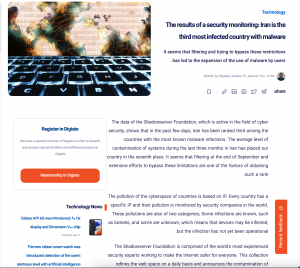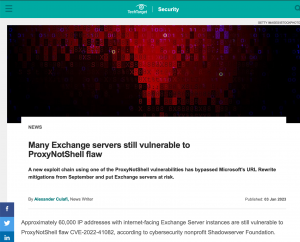Most Cacti Installations Unpatched Against Exploited Vulnerability
Most internet-exposed Cacti installations have not been patched against a critical-severity command injection vulnerability that is being exploited in attacks. An open-source web-based network monitoring and graphing tool that offers an operational monitoring and fault management framework, Cacti is a front-end application for the data logging utility RRDtool. In early December 2022, the tool’s maintainers announced patches for CVE-2022-46169, a critical-severity (CVSS score 9.8) command injection flaw that could allow unauthenticated attackers to execute code on the server running Cacti, if a specific data source was used. Cacti versions 1.2.23 and 1.3.0, released on December 5, include patches for this vulnerability. A few days after SonarSource published a technical analysis of CVE-2022-46169 on January 3, The Shadowserver Foundation warned that it had logged the first exploitation attempts targeting the security defect. “Using Cacti? We started to pick up exploitation attempts for Cacti unauthenticated remote command injection CVE-2022-46169 including subsequent malware download. These started Jan 3rd. Make sure to patch & not expose your Cacti instance to the Internet,” Shadowserver said. This week, attack surface management firm Censys revealed that, out of 6,400 internet-accessible Cacti hosts that it has identified, only 26 were running a patched version of the tool. Most of these servers are in Brazil, with Indonesia and the US rounding up the top three. With exploitation of this vulnerability underway, organizations are advised to update Cacti to a patched version as soon as possible.











